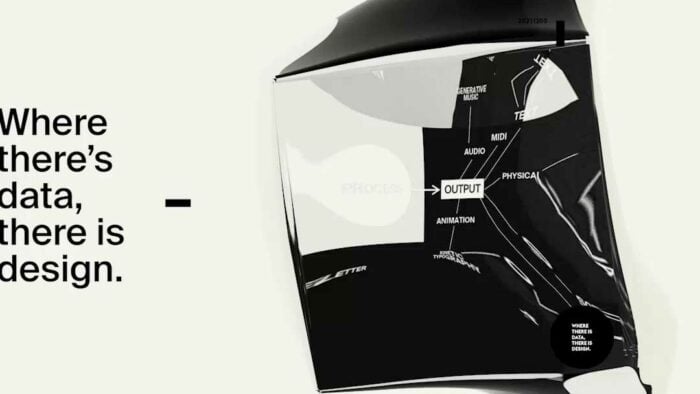The Generative Mind
A New Approach to Creative Thinking
Click here for the press-package
HOW TO RISE ABOVE TECHNOLOGY AND UNLOCK A NEW WAY TO THINK, DESIGN AND TELL STORIES FOR A WORLD IN MOTION.
Now available for worldwide shipping* **
*You can also find the book at Amazon and your favorite local and online retailers in Germany, Switzerland and Austria
**the full international release (including UK and US) is slated for early 2026. For now, you can order your copy directly from the publisher
Artificial intelligence, automation and data-driven tools are accelerating a profound transformation in the creative landscape. As design and communication evolve, the most impactful innovations emerge from creative ecosystems that are generative by nature—infusing today’s fluid digital culture with depth, resonance and emotion that reach well beyond the endless stream of new tools and trends.
The Generative Mind is an invitation to cut through the noise by cultivating a mindset that empowers you to design living, evolving and truly generative experiences. Through eight clear and actionable principles, Patrik Hübner distills over twenty years at the crossroads of branding, systems thinking and technology into a powerful framework for designing dynamic narratives, interactive identities and flexible visual design systems. This is more than a book about design, it’s a guide for creators who want to lead with meaning, build with adaptability and stay relevant in an unpredictable world.
Features a foreword by generative art pioneer Frieder Nake.
↓
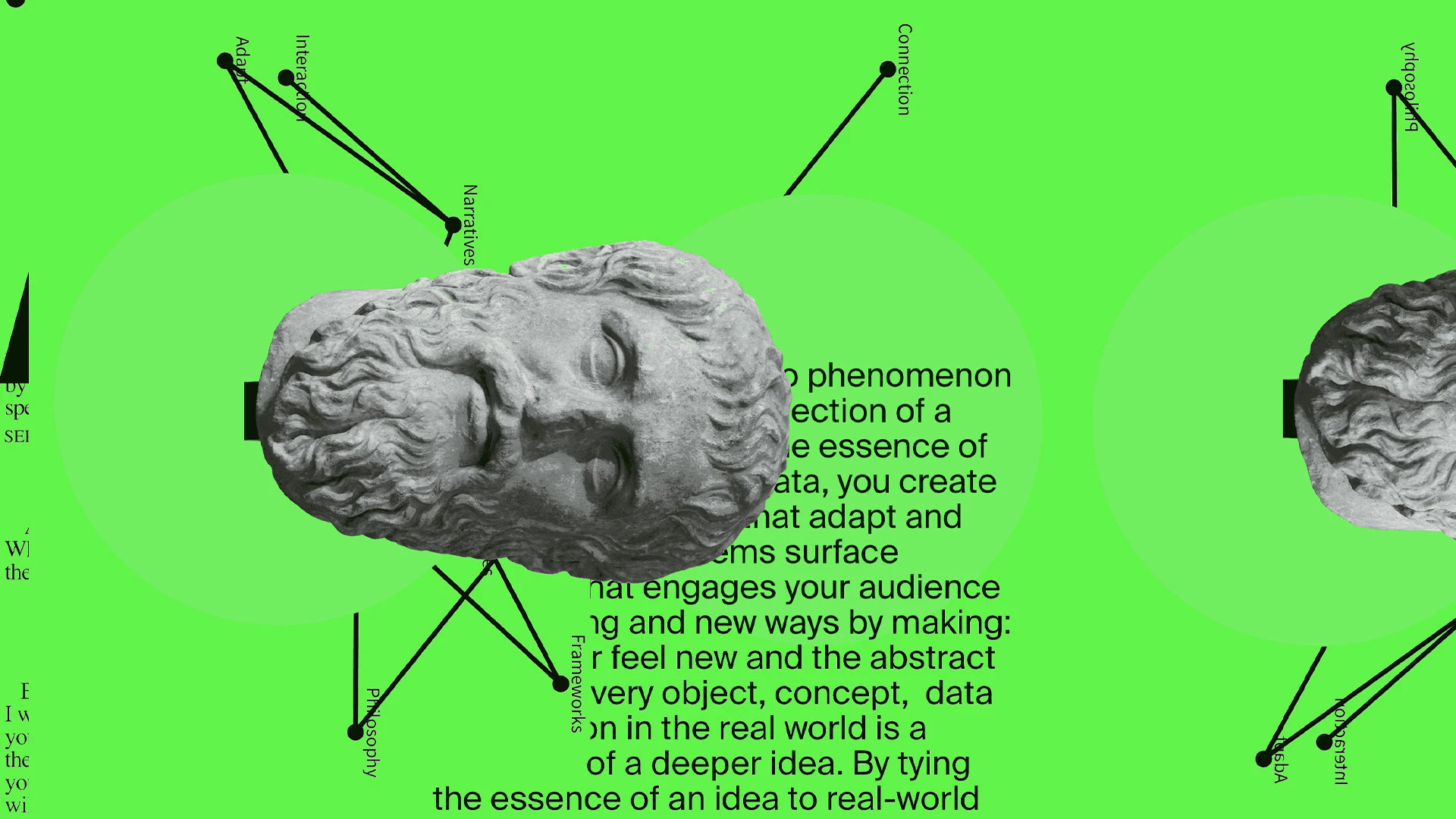
HOW DO WE BECOME VISIBLE IN A WORLD THAT HAS ALREADY SEEN EVERYTHING?
It’s a strange feeling to be a creative right now. Everywhere you look, new tools and technologies promise to amplify creativity by being faster, smarter and more powerful than ever before. We live in a moment where the boundaries of what’s possible are expanding so quickly, it’s easy to lose sight of where we’re actually going. Somewhere along the way, the clarity we once found in the creative process has started to blur. I’ve felt this firsthand. Not in a single moment, but over many. In meetings where clients asked for innovation, but feared risk. In studios where ‘creative freedom’ was celebrated, only to be constrained by timelines and toolkits. And in conversations (lots of them) with students, peers, technologists and artists all trying to make sense of what it means to create in a world that never hits pause.
And that’s where this book begins. With a simple question: What does it take to create work that truly resonates in a culture that rewards speed over substance? Instead of chasing a definitive answer, I let this question stay with me for the past ten years. Quietly, it began to influence my practice, shaping how I approached my commercial work, experiments, writing and teaching—guided by a kind of restless curiosity.
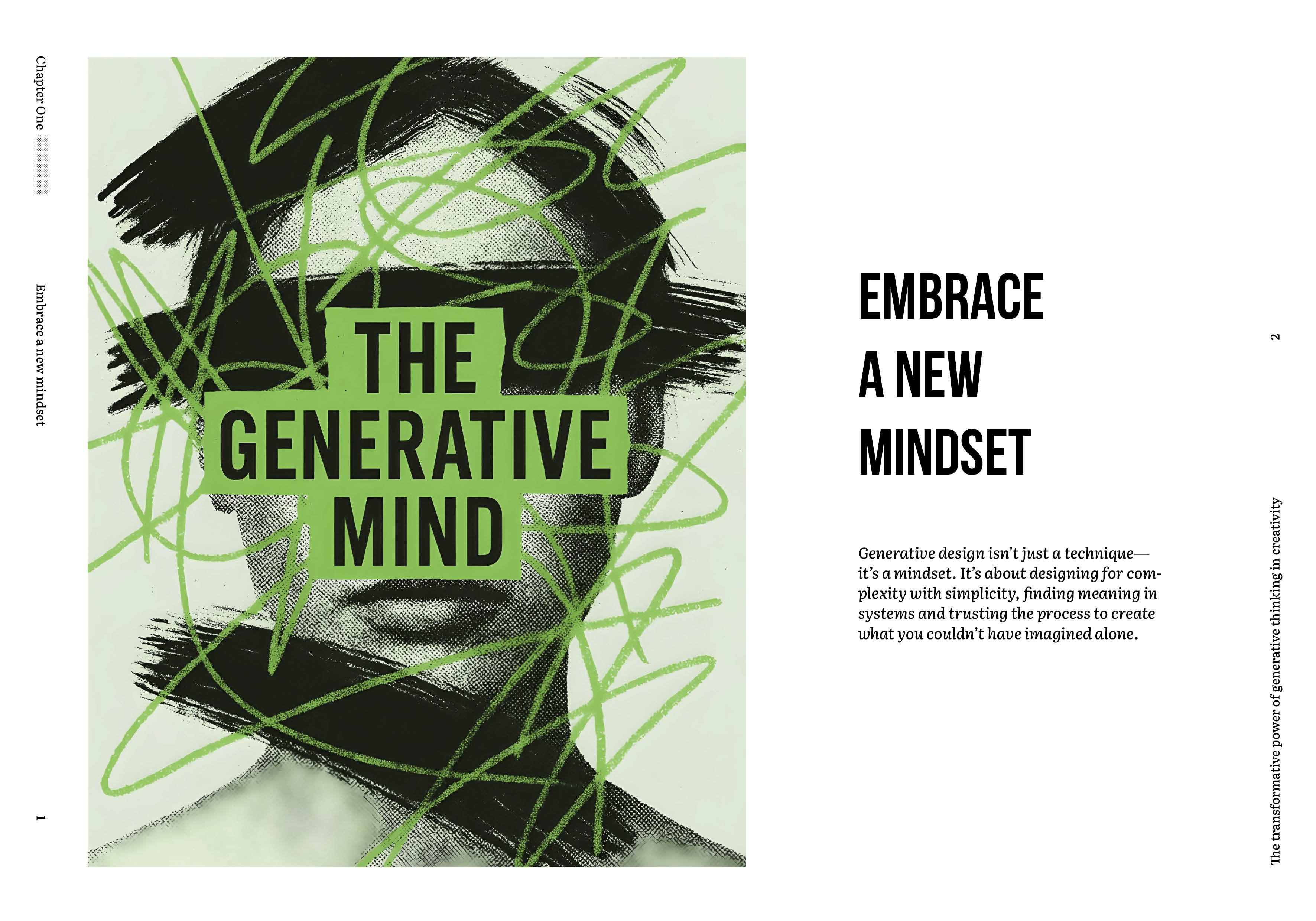
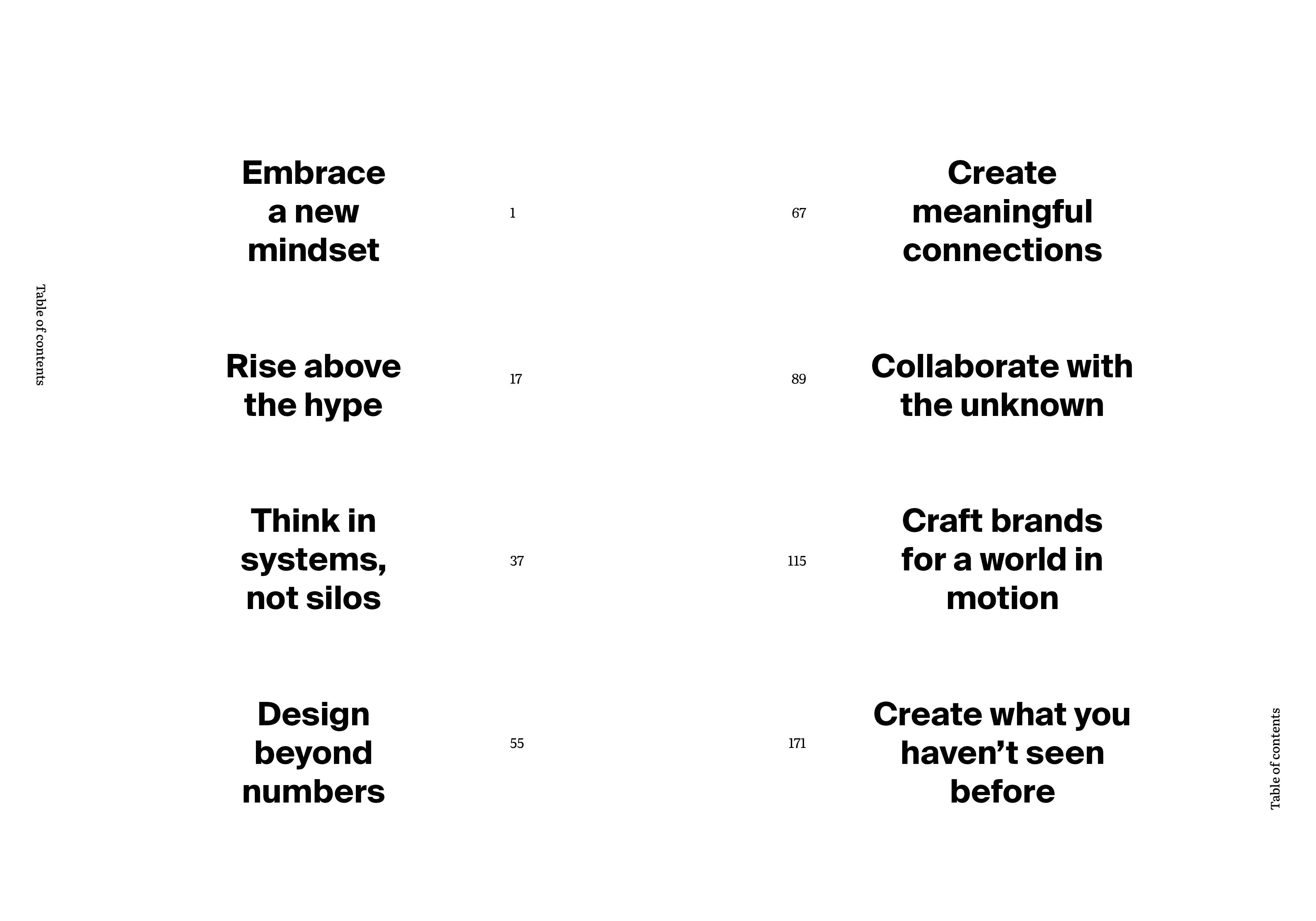
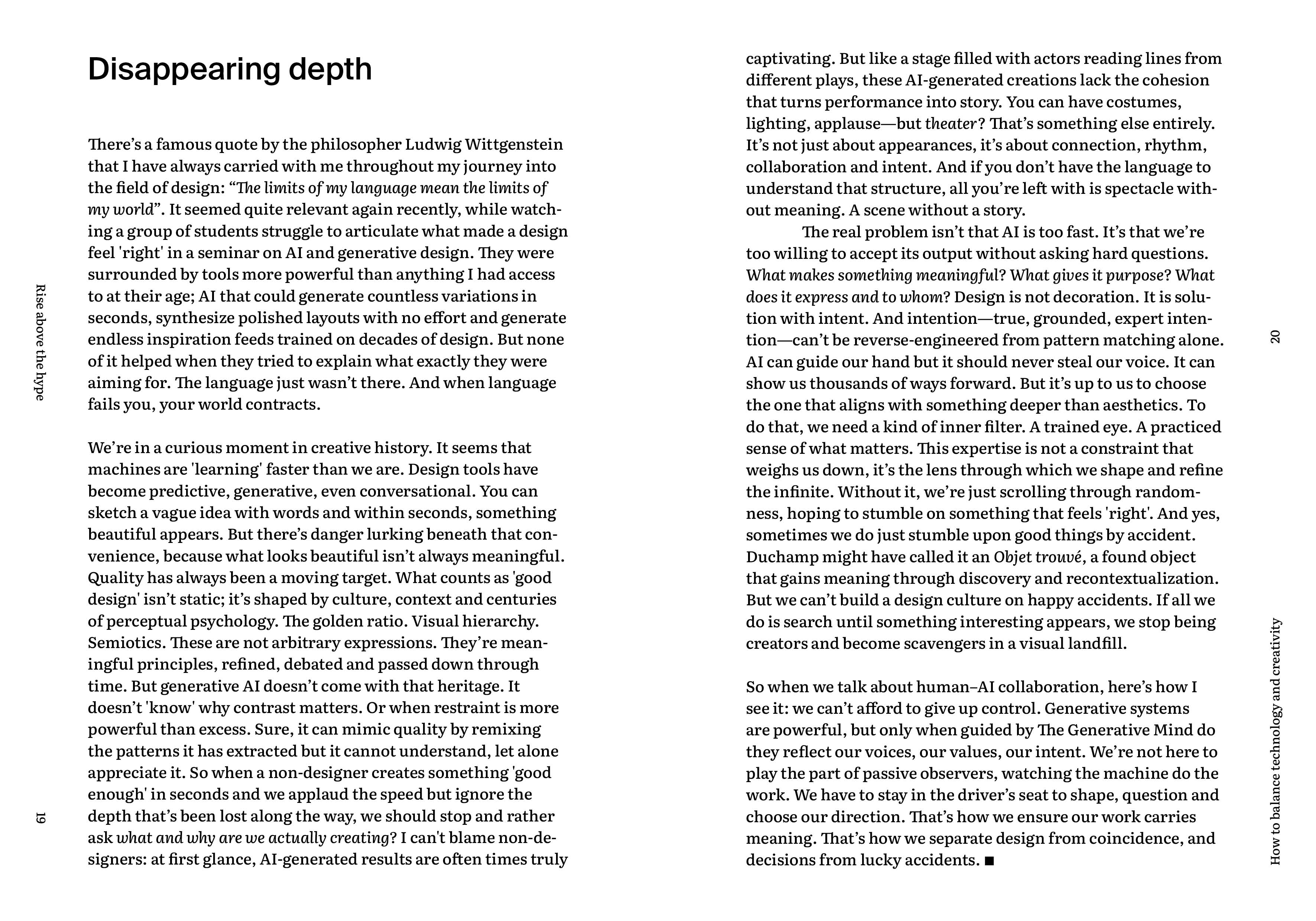
A key moment came from a conversation I had with Frieder Nake, one of the original pioneers and foundational thinkers of generative art. While writing this book, I asked him what he thought about a phrase I’d been exploring; a term that seemed to capture the heart of my thinking: The Generative Mind. I expected critique, maybe even dismissal. What I got instead was a gentle kind of provocation. He said, maybe this wasn’t a term to be defined at all. Maybe its meaning should unfold over time—shaped not by rigid concepts, but by the reflections and interpretations of each person who encounters it. There was quiet wisdom in these words that helped me clarify my intent for this book: I’m not here to hand you a set of answers. And I’m not trying to convince you of yet another creative formula. Rather, what I want to share with you is a school of thought that helped me cut through the noise and design with both clarity and intent in a time when technology promises everything, but often delivers only distraction.
I believe it’s not technology we’re lacking. It’s perspective. We don’t need more tools. We need a mindset that helps us navigate a world that’s increasingly fluid, unpredictable and interconnected. A mindset that embraces change without being consumed by it. That doesn’t treat design as a final product, but as an evolving story. That sees ideas not as fixed solutions, but as living systems rooted in context, shaped by dialogue and connected to everything around them.
That’s the essence of this book. It’s not about creating things that just grab attention. It’s about designing things that resonate. That mean something. That live. A kind of depth that, I worry, is slowly slipping away. Why? Because, as technology and AI tools become more capable and embedded into our lives, we’re being subtly nudged to delegate more than just tasks. We’re offloading the thinking, the imagining, the reflecting. By gradually embracing a form of cognitive outsourcing, we skip the slow, uncertain parts of the creative process in favor of instant output. But creativity isn’t just about what we produce. It’s about how we engage. What we notice. How we respond to the unknown. This isn’t to say that technology is the problem. It’s not. But the danger is mistaking speed for depth. Confusing synthesis with insight. Just because something is generated doesn’t mean it carries meaning, let alone understanding.
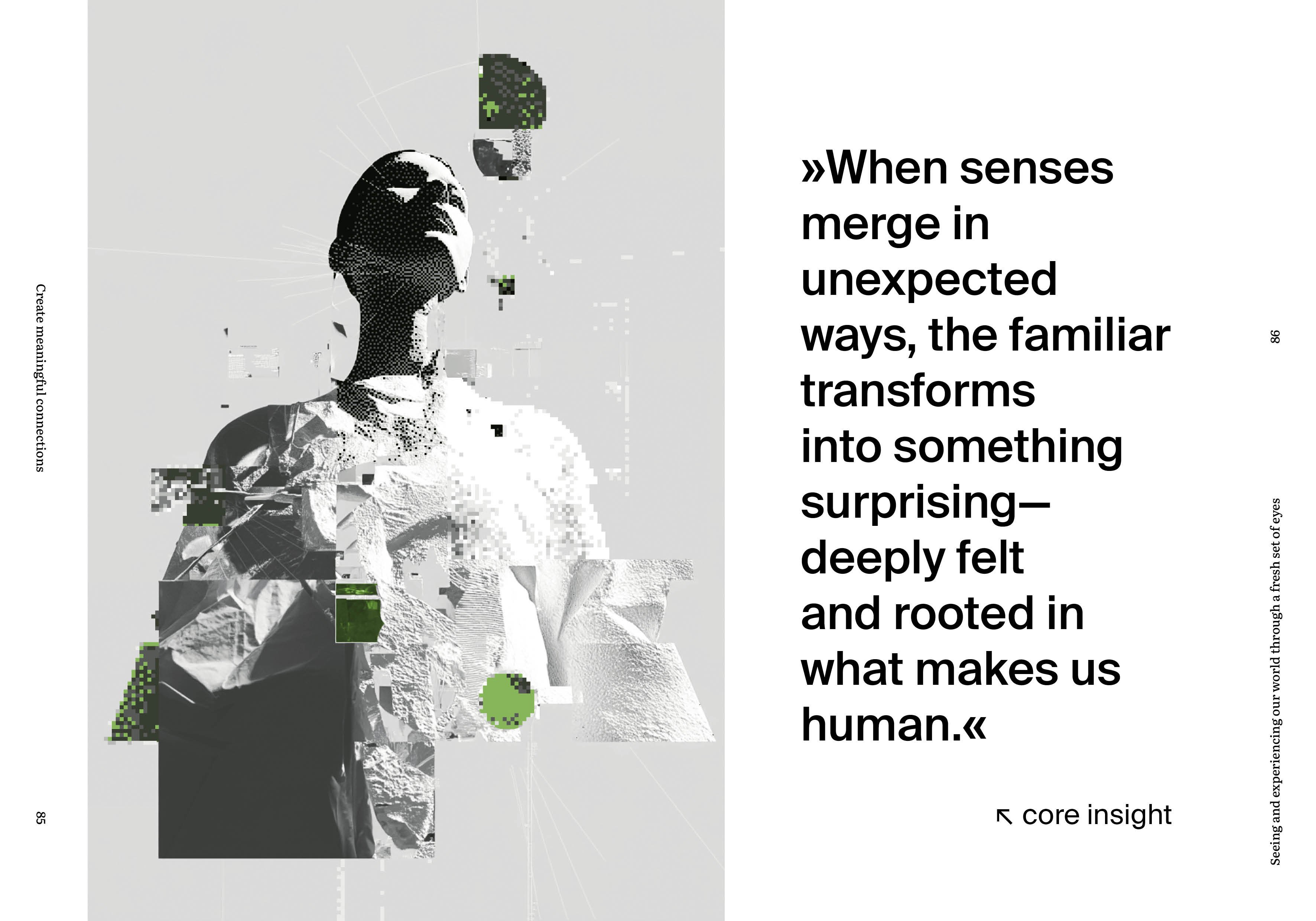
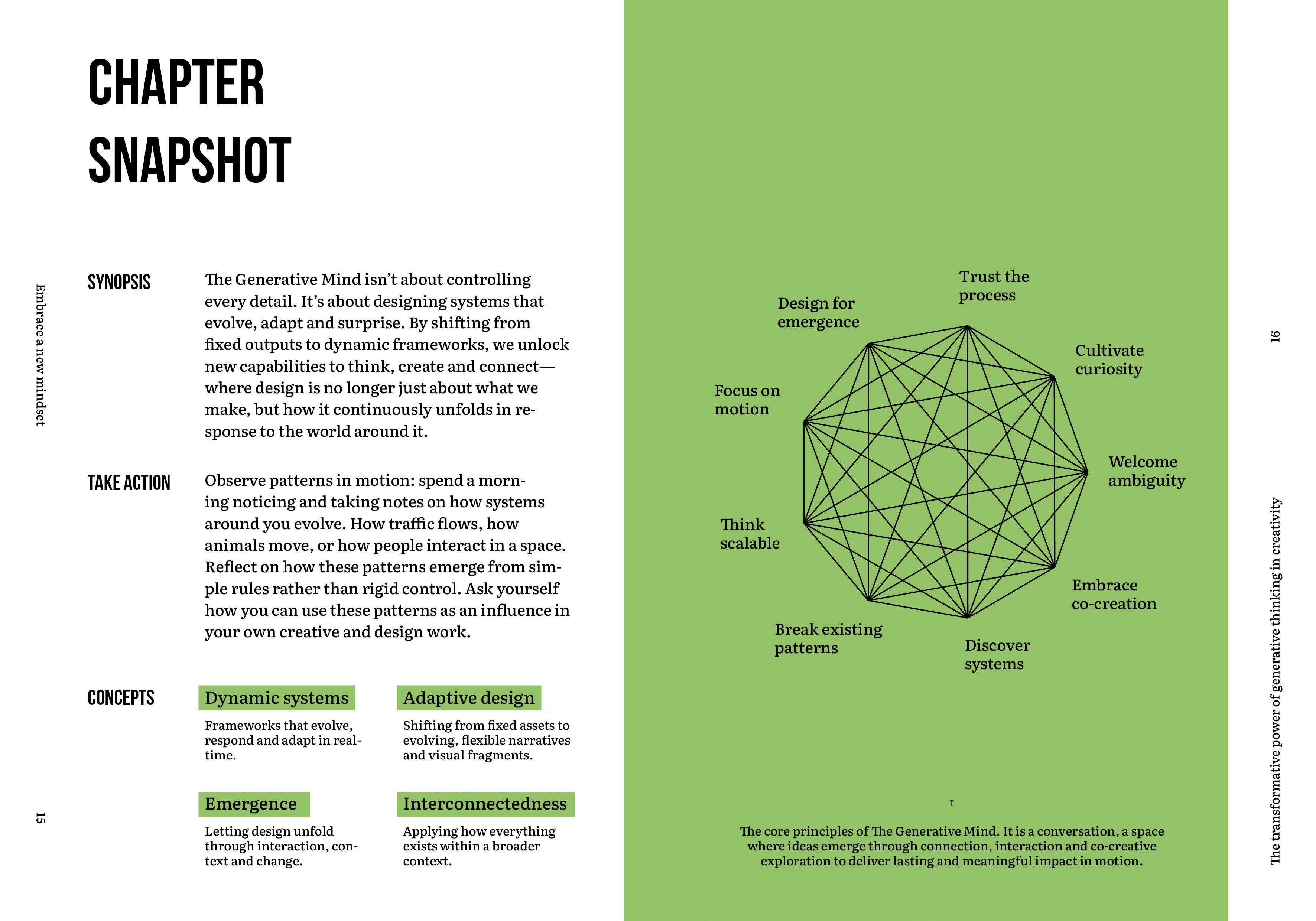
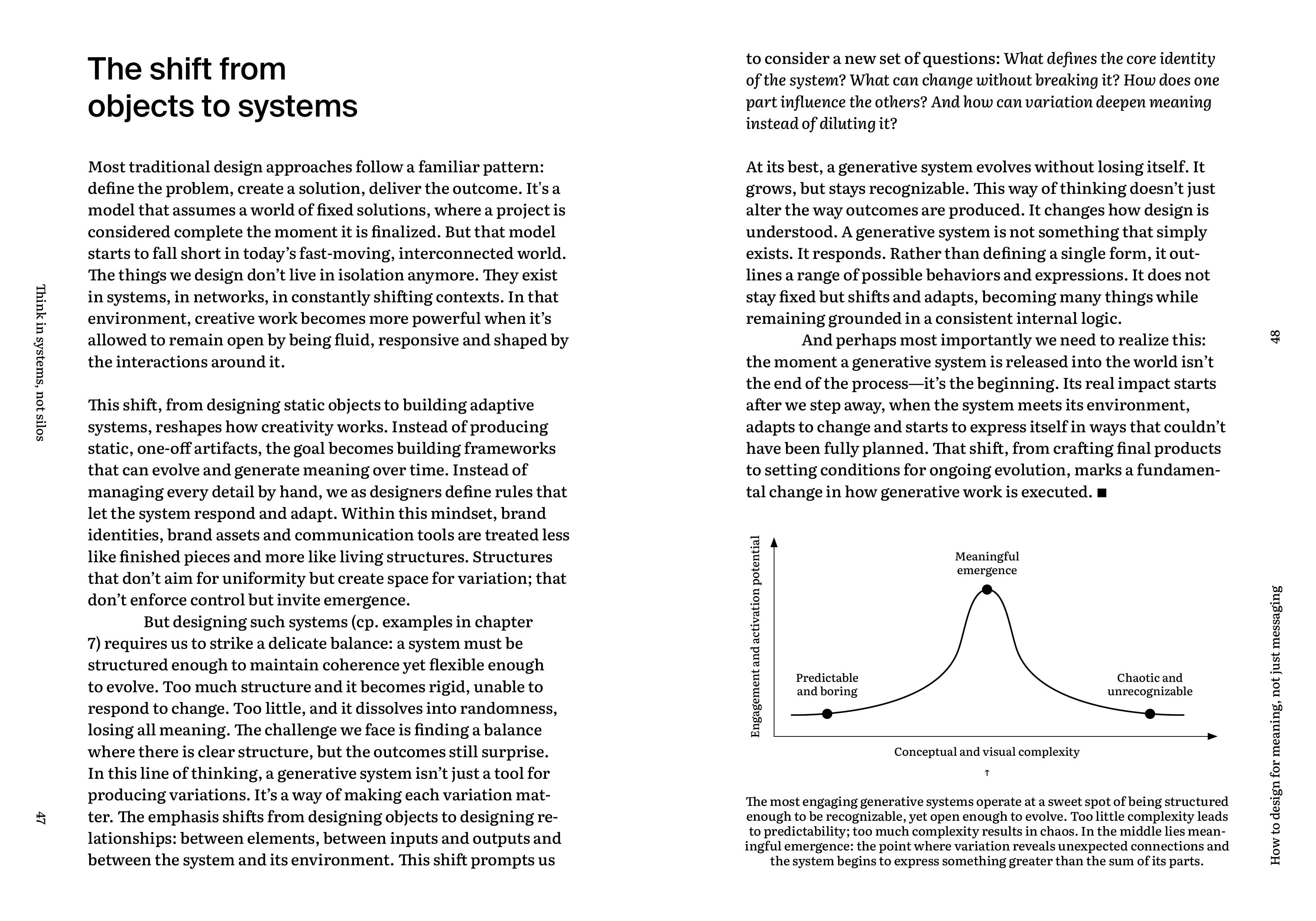
That simple question I began with? Over time, it’s become more personal, splintering into a set of questions that now sit at the heart of my practice: How do we stay present in our own creative work? How do we co-create with machines without losing the qualities that make our work human? And how do we navigate these new emerging spaces while staying relevant? These are the questions that led me to write this book. And honestly, writing it was its own process of discovery. I had to figure out how to introduce ideas that span nuanced, often philosophical and sometimes deeply emotional disciplines—design, art, systems thinking, communication, culture, futures studies—in a way that felt grounded and not overwhelming. So I made the decision to root my writing in examples of brand and communication design. Not because it’s the whole story, but because it offers a familiar frame. A place to start, something tangible to hold onto. The result is a book that distills two decades of work, exploration and research into eight core learnings, insights and ‘secrets’ born from my journey into the transformative nature of The Generative Mind. It’s neither a manual of techniques nor a deep dive into algorithms. As I said, my goal isn’t to define rules or teach you rigid methods. Rather, it’s to spark a sense of possibility in you. To hand you a map that leads to a space where creative work is not defined by fixed outcomes, but unfolds as a dynamic and evolving process of expression and engagement. I know there’s risk in this. Any attempt to condense such layered and multifaceted topics into a single book risks oversimplification. I could have written five more chapters for every one I’ve included. But I chose focus over breadth and clarity over completeness. My intention isn’t to offer a final resolution. It’s to start a conversation worth continuing.
DESIGNING FOR THE FUTURE TAKES MORE THAN CREATIVITY AND TALENT — IT TAKES VISION.
This is a book for the curious. For the inquisitive minds who feel that the future of creativity demands something more than just tools and technology. For anyone who wants to engage in a practice that challenges them; not just to design but to reflect, to connect, to create meaning and to ask better questions. For those who sense that the old ways of creating don’t quite fit anymore. So, if you’ve ever felt overwhelmed by the speed of change… or unsure where your work fits in a world reshaped by code and algorithms… or just curious what might be the next chapter for creativity itself: this book is for you. I truly hope it sparks something in you. A question, a pause, maybe even a new kind of reflection. Because The Generative Mind isn’t something I can simply share with you. It’s something you grow into; through practice, reflection and care.
Welcome to The Generative Mind.
Let’s shape what comes next. ■
» This book made me realise most designers have creative minds, while only a few have generative minds. «
I am honoured that Patrik asked for my opinion on the content of his book, “The Generative Mind”, which I had the privilege of reading in advance, and which I recommend to everyone. This book made me realise most designers have creative minds, while only a few have generative minds. I believe that combining a creative mind with an analytical mindset results in a generative mind. A logical and analytical attitude is required to see things in a different way. When analysing anything, it is better to prioritise understanding, schematisation and setting concrete boundaries. It is needed to start from practical, tangible and objective elements; and only later supplement them with creative, abstract, philosophical or theoretical aspects. I think generative mind is a level above the creative mind, and that the outcomes that a generative mind can design are more powerful than those given just by the sum of the separate creative and analytical minds. In this way a new perspective emerges, because a logical, analytical, in some sense almost ‘mathematical’ or ‘scientific’ approach can help to integrate and complement designers’ creative and artistic thinking, so that something even more beautiful, memorable and involving can be designed.
— Sergio Corini, designer and author of Dynamic identities: an analysis. A new classification system.

| Title | The Generative Mind A new approach to creative thinking |
| Type | Softcover |
| Dimensions | 150x210mm |
| Pages | 224 |
| ISBN | 978-3721210590 |
| Language | English |
| Soft-Release (Germany, Austria, Switzerland) | 2025 |
| Release (United States, United Kingdom) | 2026 |
| Publisher | niggli |








